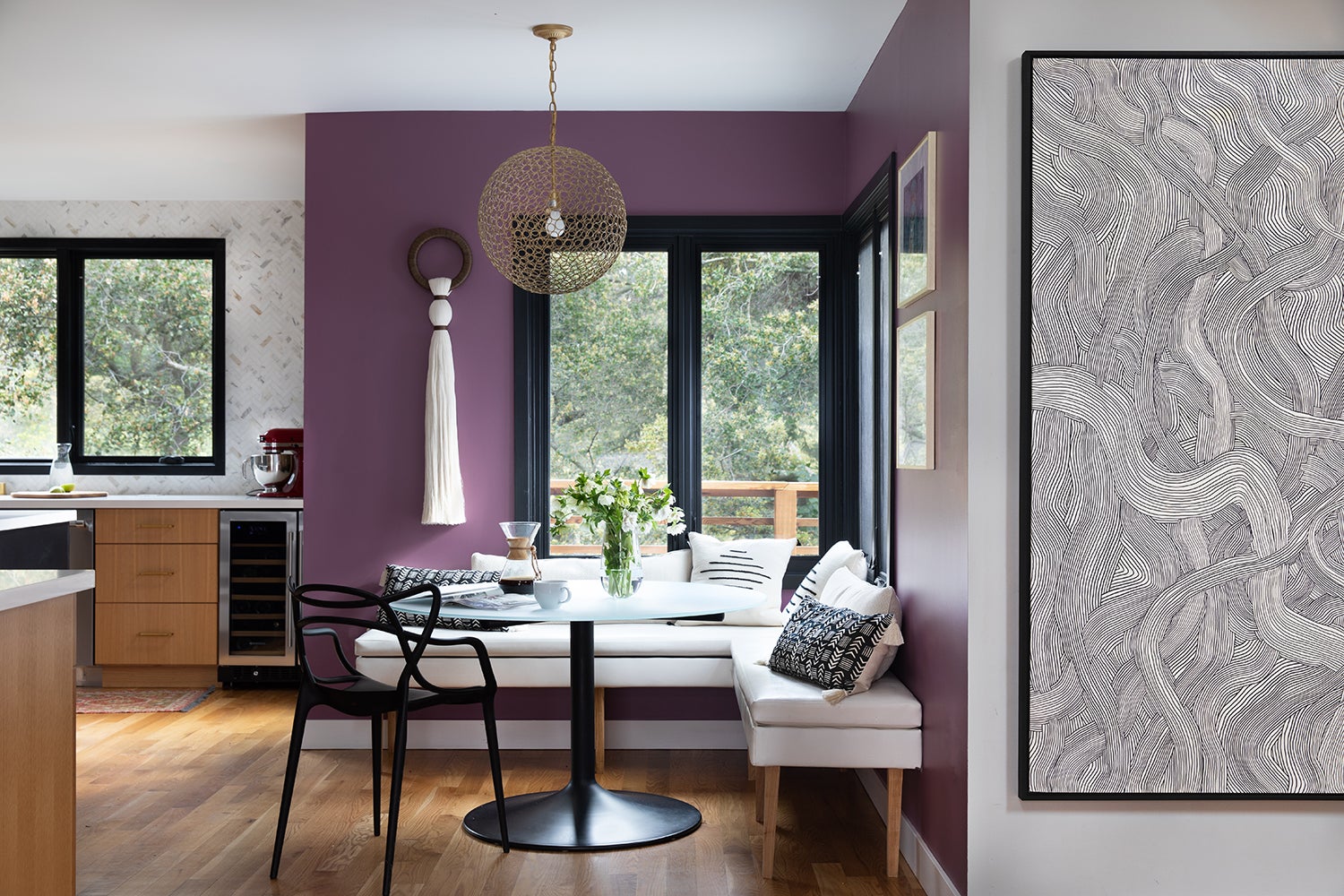In the second installment of our four-part guide to building a better design business, we’re looking at what it takes to forge a creative partnership that truly works—for you and for your clients.
Designers often lament that their work is only 20 percent creative, a figure dwarfed by the remaining 80 percent, which is all administrative and logistical. Despite that imbalance, it’s the 20 percent that captures the imagination. If you asked a stranger to describe what a designer does, the artistic part of the job is likely what would come to mind—creating mood boards and drawings, making fabric selections, and presenting renderings. This is what draws newcomers to the industry (most don’t get into design for a love of procurement spreadsheets), yet it’s also the most elusive phase of the process to quantify. How do you bottle creativity and put a price tag on it?
There are many answers to that question, but if there’s one guiding principle, it’s that the key to making the “design” part of interior design go smoothly is to set expectations. “Transparency” is quickly becoming an overused business buzzword, and has lost a bit of its luster along the way. But as you nurture a relationship with a new client, an unflinching openness about how your creative process will unfold—and how much it costs—can be the difference between a good project and a great one.

BOH subscribers and BOH Insiders.










































